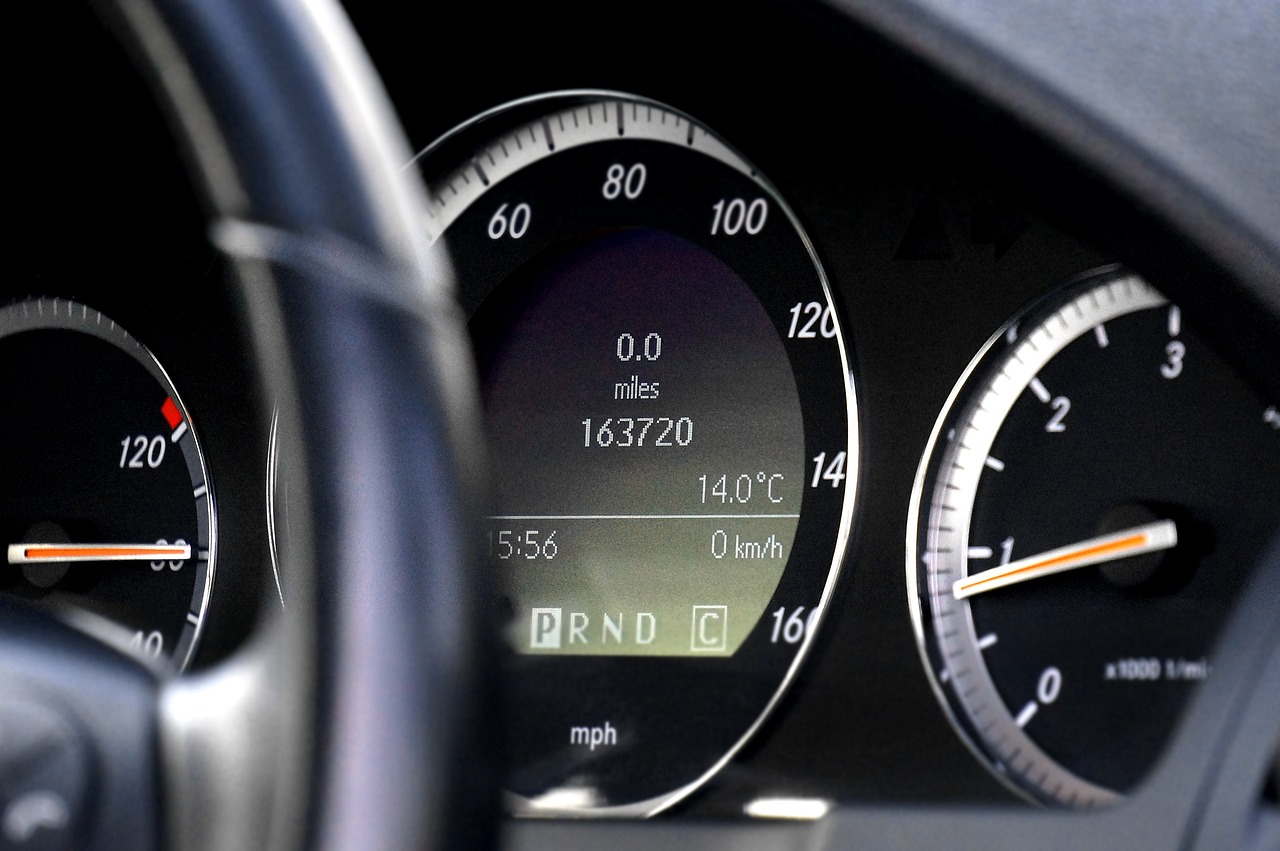The Impact of Data Analytics on Predicting Vehicle Maintenance Needs
Data analytics plays a crucial role in revolutionizing maintenance planning for various industries. By harnessing data-driven insights, organizations can predict equipment failures, schedule maintenance tasks proactively, and optimize their resource allocation effectively. This proactive approach minimizes downtime, reduces costs, and enhances overall operational efficiency.
Advancements in technology have enabled the integration of real-time data collection, sensors, and predictive analytics tools, providing a comprehensive view of asset health and performance. The ability to analyze historical data, identify patterns, and predict potential maintenance needs empowers organizations to make informed decisions that drive productivity and profitability. Leveraging data analytics in maintenance planning transforms traditional reactive maintenance practices into a proactive and strategic process, ensuring continuous equipment functionality and operational continuity.
Challenges Faced in Predicting Vehicle Maintenance Needs
Predicting vehicle maintenance needs poses several challenges for maintenance planners and technicians alike. One key obstacle is the vast amount of data that must be collected and analyzed to accurately forecast when maintenance will be required. Inadequate access to real-time data and historical maintenance records can hinder the ability to make precise predictions, leading to potential breakdowns and costly repairs.
Furthermore, the complexity of modern vehicles with advanced technologies and intricate components adds another layer of difficulty to predicting maintenance needs accurately. The emergence of integrated digital systems and electronic sensors in vehicles has made it crucial for maintenance professionals to stay updated with the latest advancements and adapt their predictive maintenance strategies accordingly. Failure to incorporate these technological advancements into maintenance planning processes can result in unreliable predictions and operational disruptions.
How can data analytics help in maintenance planning for vehicles?
Data analytics can help in maintenance planning by analyzing historical maintenance data, identifying patterns and trends, predicting potential issues, and recommending preventive maintenance tasks.
What are some common challenges faced in predicting vehicle maintenance needs?
Some common challenges include data quality issues, lack of historical data, variability in driving conditions, and the complexity of vehicle systems.
How can organizations overcome the challenges in predicting vehicle maintenance needs?
Organizations can overcome these challenges by investing in data quality improvement efforts, collecting more comprehensive data, incorporating real-time data from sensors, and using advanced analytics techniques.
Why is it important to accurately predict vehicle maintenance needs?
Accurately predicting vehicle maintenance needs can help organizations minimize downtime, reduce maintenance costs, improve vehicle reliability, and enhance overall operational efficiency.
What role does preventive maintenance play in predicting vehicle maintenance needs?
Preventive maintenance plays a crucial role in predicting vehicle maintenance needs as it helps in identifying potential issues before they escalate, reducing the likelihood of unexpected breakdowns and costly repairs.







